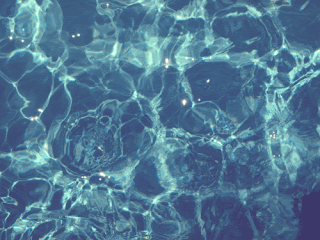By sublimation: The change from a solid state directly into
a gas is called sublimation. As the particles of solid dry ice
gain energy their motion completely overcomes the attraction
between the particles, and the particles escape into the air as gas.
By deposition: is the change in state from
a gas directly to a solid. Deposition
is the process by wich ice crystals form in clouds.





















